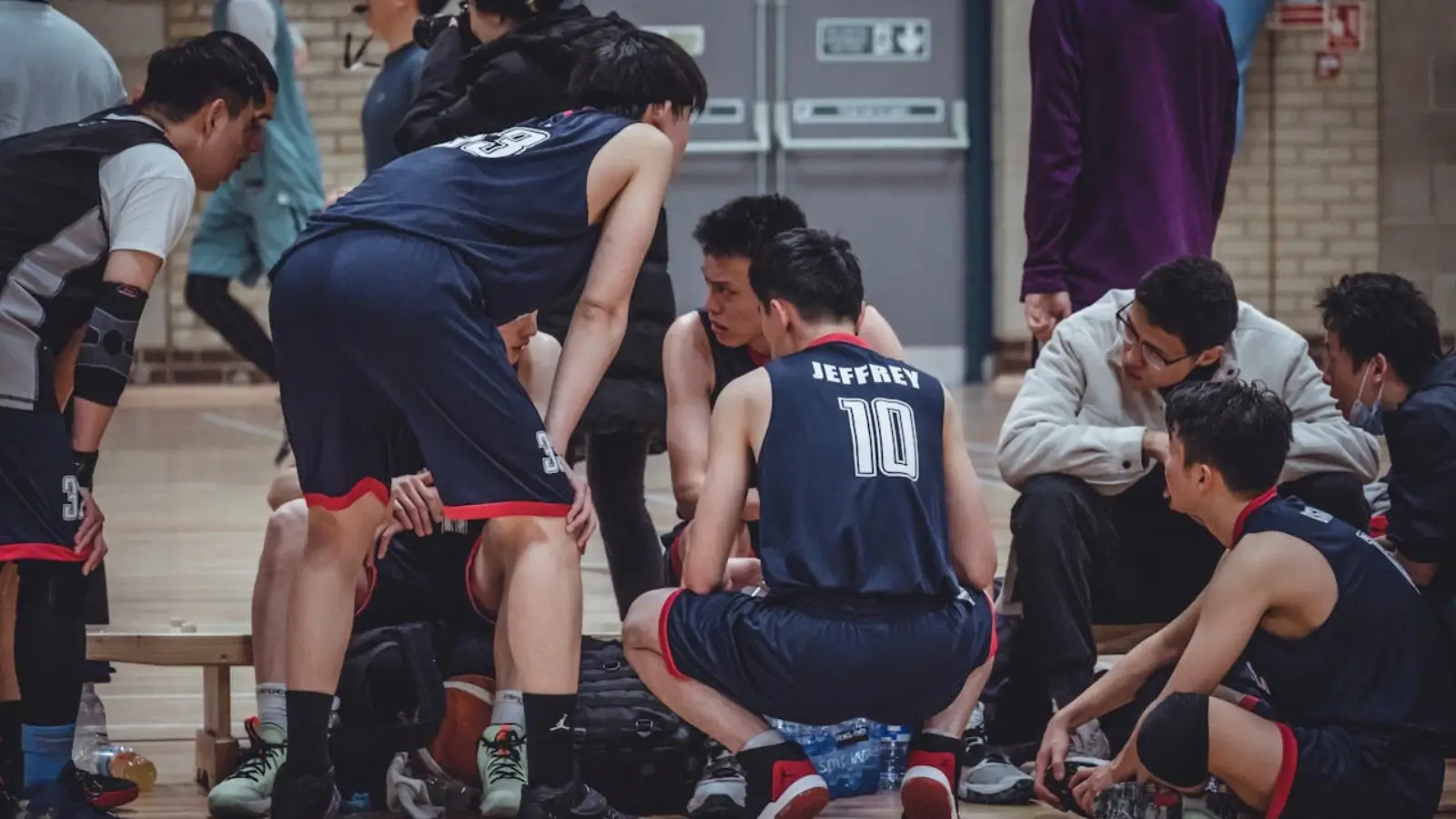


Good leadership is easy to recognise, but difficult to define. In sport, it’s tested relentlessly on the pitch and in the dressing room and always comes under immense scrutiny. Sports captains operate in one of the most demanding leadership environments, and many of their traits can surpass those of senior professionals in corporate or academic fields.
Captains are required to make critical decisions in real time. Whether adjusting tactics or motivating underperforming teammates, the margin for error is minimal. The split-second decisions captains make, whether to kick for touch, hold possession, or push for a try, can directly impact final rugby scores, often more than the coach’s strategy board ever could.
A large-scale study of over 600 athletes found that captains selected for motivational and social skills (not simply for seniority) scored significantly higher in team acceptance and perceived leadership quality than those chosen for their technical ability or tenure. This suggests that the ability to lead under pressure isn’t just innate, it’s recognised and actually measurable.
In contrast to traditional organisational hierarchies, sports captains must lead peers. They cannot fall back on titles or HR structures to enforce authority. Instead, they earn influence through consistency, presence, and clear communication.
In team settings, this peer-based leadership often builds a more cohesive environment. Studies consistently show that strong athlete leaders contribute directly to increased team cohesion, confidence, and satisfaction. All vital components of sustained group performance.
Modern sports leadership is not about one voice dominating the group. Captains are often the focal point of a shared leadership network, in which multiple players contribute insights, motivation, and strategic ideas. This model outperforms traditional, top-down approaches, particularly in high-pressure and fast-changing environments.
Interestingly, the captaincy itself can affect individual performance. A Royal Society study tracking over 4,000 international cricket matches found that batters improved their output by an average of 16% when appointed captain, while bowlers often declined. The responsibility reshapes how players approach their roles, as some thrive, while others buckle.
Sports captains are held accountable every minute they’re on the pitch. Their leadership is visible, direct, and instantly judged. That immediacy develops instincts, emotional intelligence, and a tolerance for uncertainty that few other roles demand.
Business leaders who want to develop similarly advanced leadership qualities would do well to study the sporting model, and you may well end up lifting your own trophies.